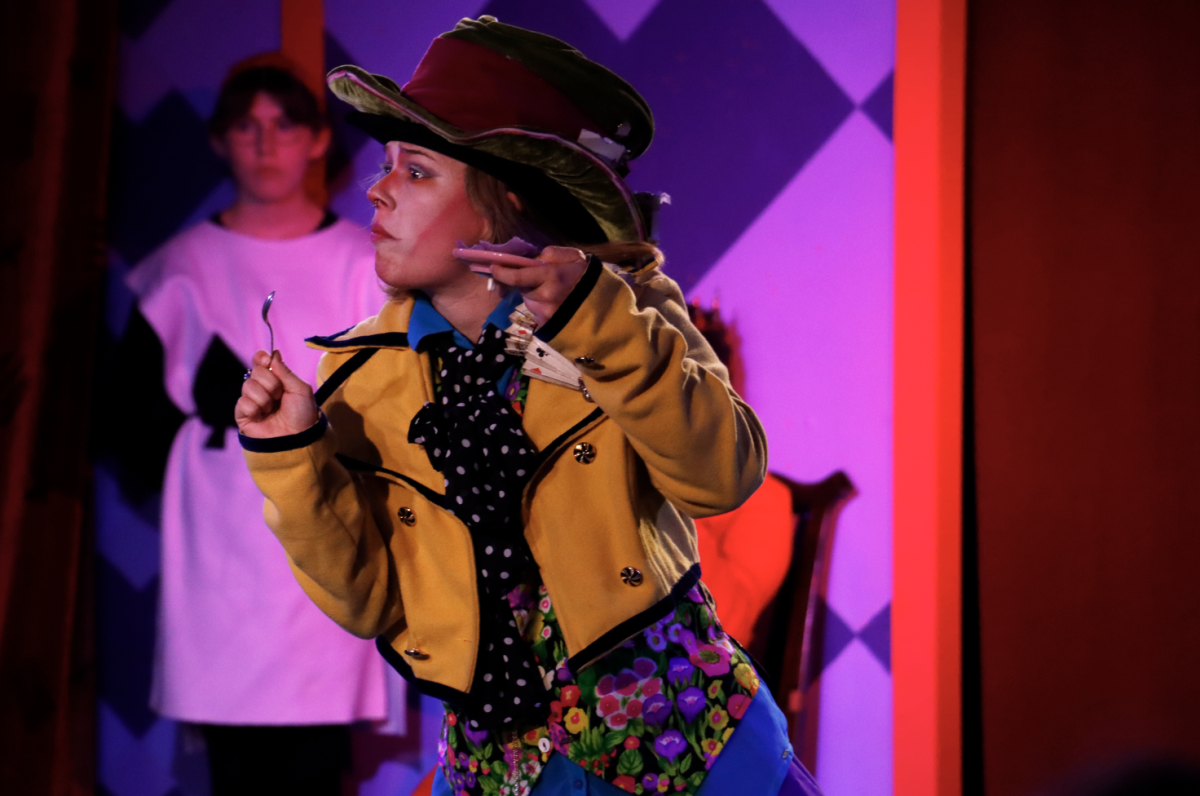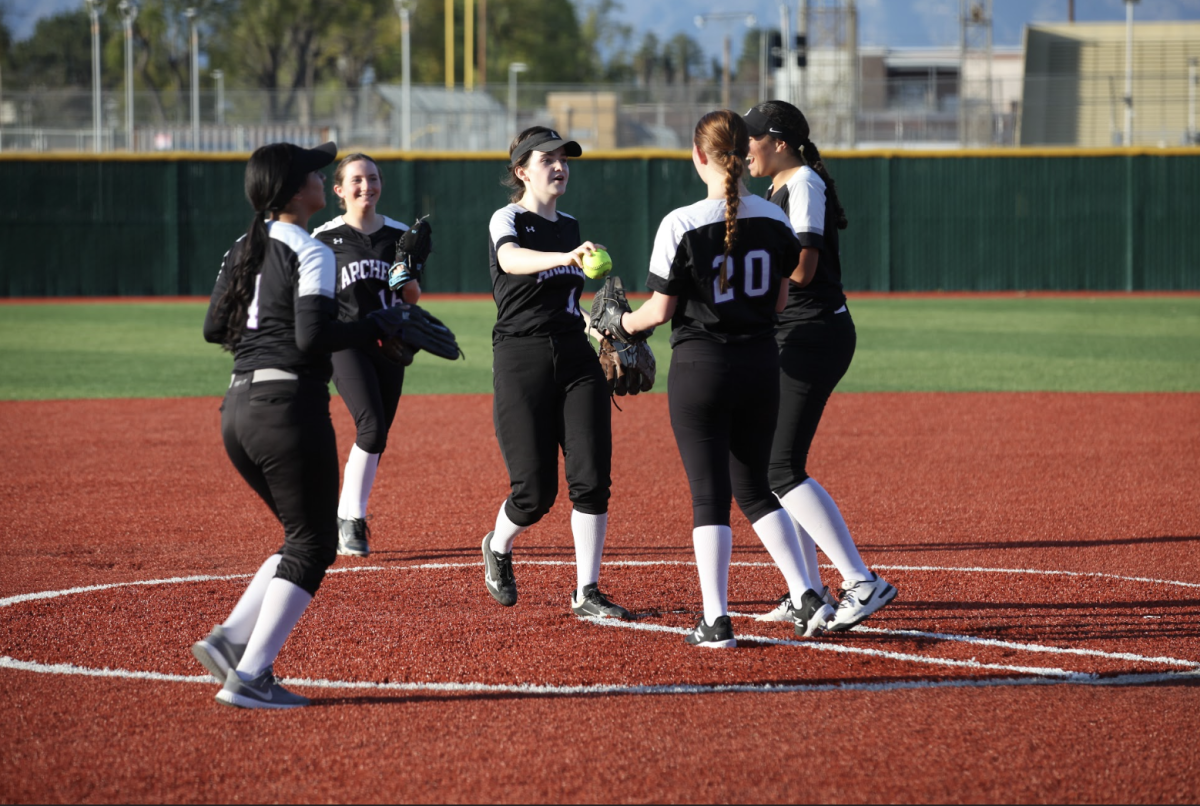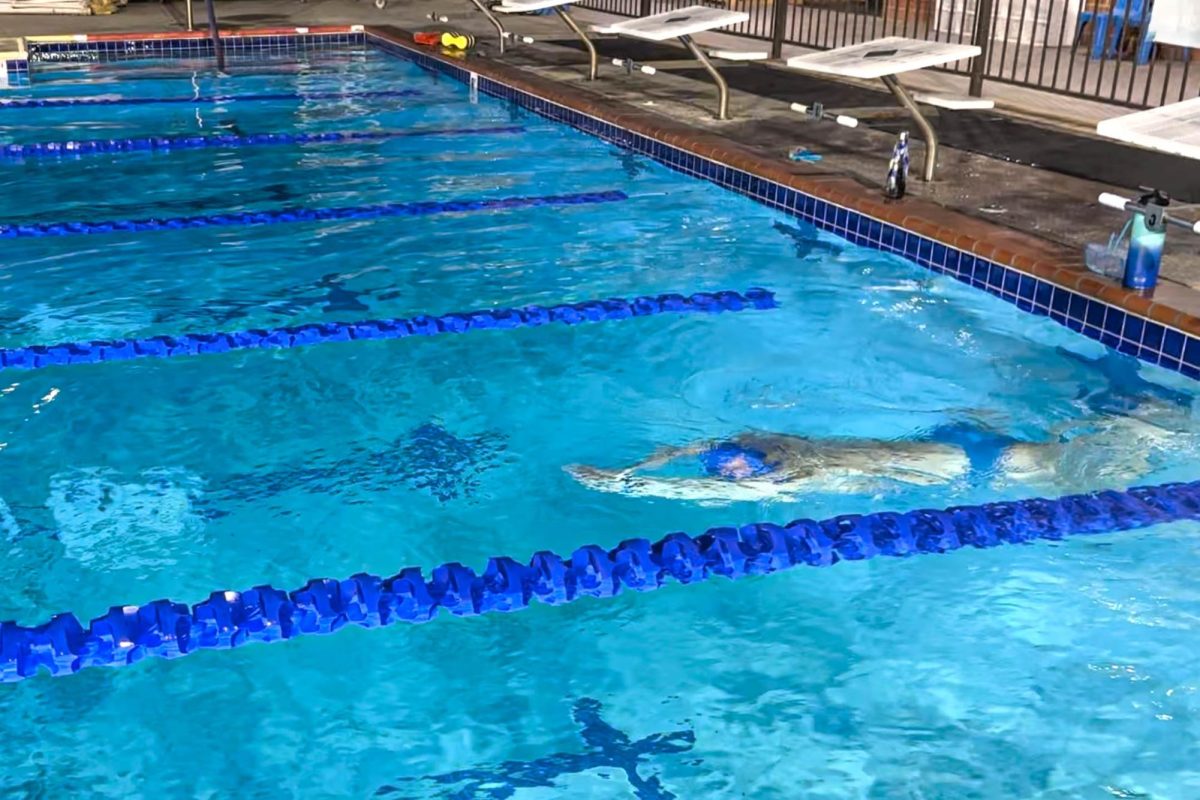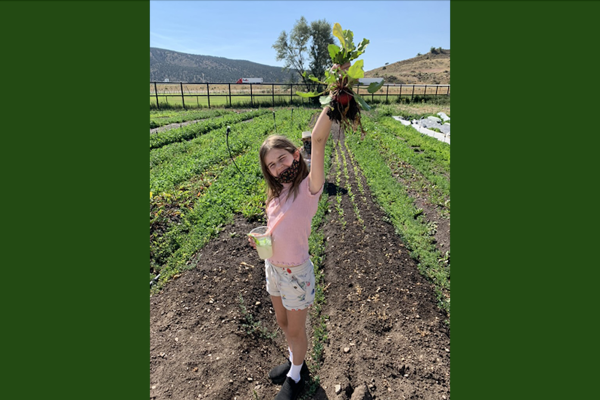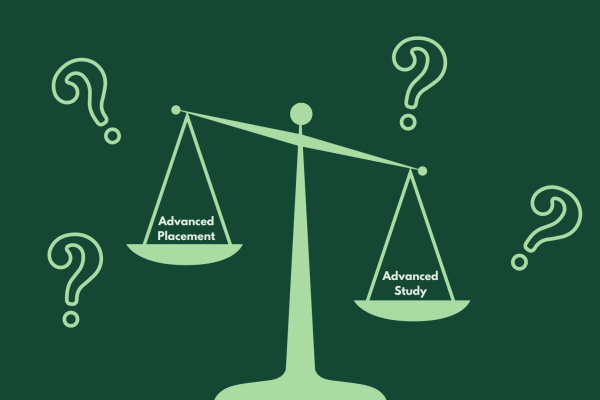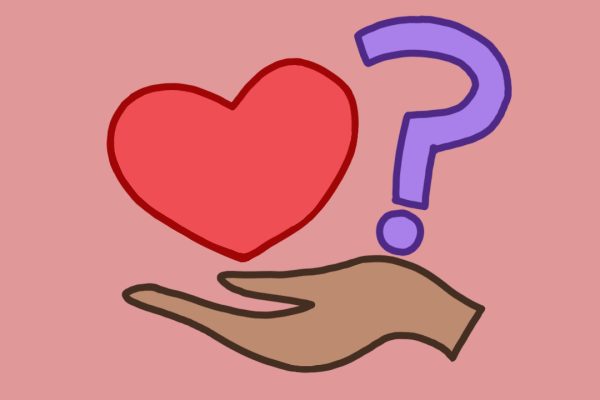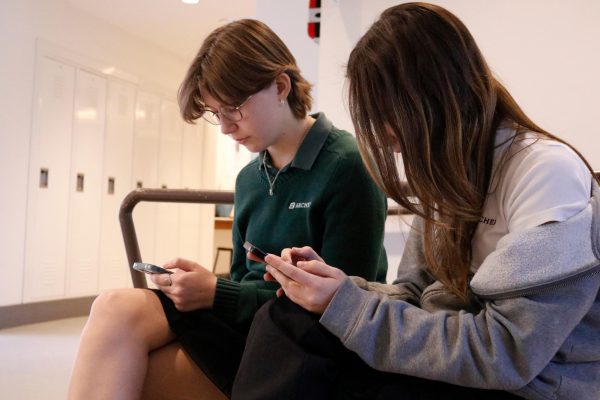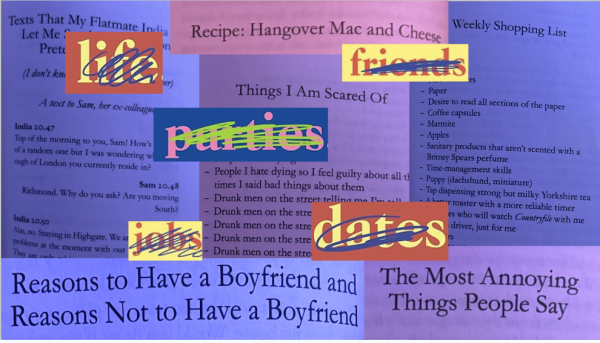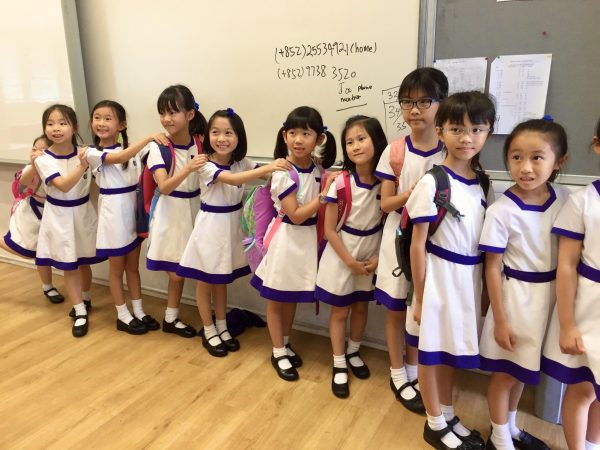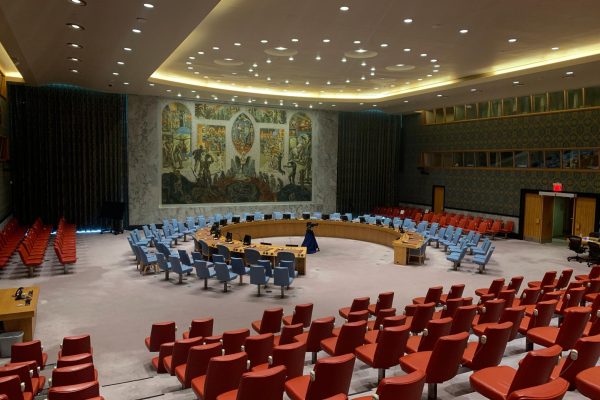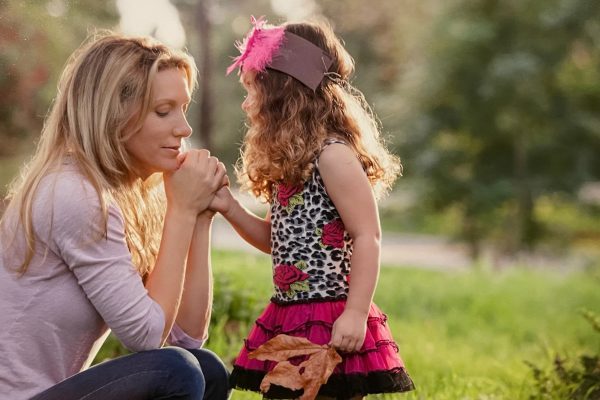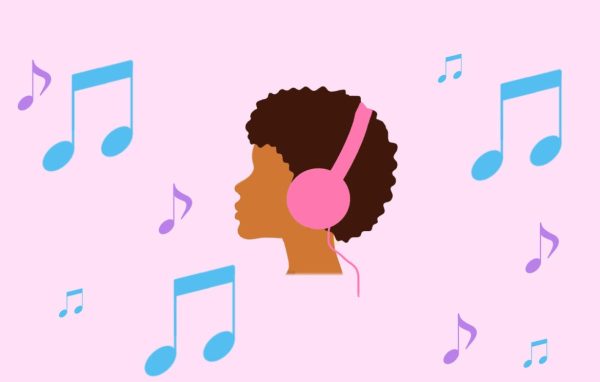Democracy at play: What I learned from being a poll worker on Election Day
This is me, wearing my black Pasadena shirt on the far left, working the polls on election day in Pasadena, California, at the Assistance League. In the photo, I am working as the precinct ballot reader machine clerk. My tasks in this position included inserting ballots into the reader and handing out stickers.
It is 6:59 a.m. on a special Tuesday morning. I stare at the clock across the room, waiting enthusiastically. When the clock strikes at exactly 7:00 a.m., the supervisor opens the doors and says, “The polls are now open!”
He greets everyone waiting outside the voting room at the Assistance League of California in Pasadena to a long line of voters that extended around the street corner.
Within the first hour of my 14-hour day as a poll worker for the 2016 general election, I had already done a lot of work — like controlling the long lines, checking off names on the roster, inserting ballots into the precinct ballot reader (PBR) and handing out stickers. I knew I was in for a long day.
My day was hectic — crazy — but ultimately rewarding.
There were six clerk duties in our voting place: a line monitor, roster clerk, street index clerk, ballot clerk, provisional ballot clerk and ballot box clerk. I was able to try each position for two hours or more.
Through this process I got to meet new people, including other clerks and my neighbors, I was able to help voters with disabilities fill out ballots and obtain a better understanding of the voting system.
The most rewarding part of my day was assisting those with handicaps. Although our line was an hour long and we were all extremely busy, I was suddenly asked to help an elderly couple fill out a ballot. Even though I wasn’t sure how to use the InkaVote system at first, they were patient with me and appreciated my assistance.
When I handed them their “I Voted” stickers, the wife gratefully said to me, “Thank you for helping my husband. He has cancer, but still wanted to vote.”
When 8:00 p.m. rolled around, the last ballot was inserted into the reader machine and the final voter placed her sticker on her shirt. Although the voting may have been concluded, our work as clerks was far from over. We stayed until 9:00 p.m. breaking down the voting booths, shutting down the PBR machine and counting ballots and signatures.
Two filmmakers making a film about the democracy process and the high-school poll worker program from a “South Korean equivalent to PBS” then interviewed me. With my permission, they had filmed me working and talking to voters the entire day.
Reflecting on my experience as a poll worker, I realize how much it benefited me. Not only did I receive a stipend and community service credit, it gave me a way to get involved with one of the biggest elections our country has ever seen, even though I’m not yet of legal voting age.
After working at the polls on election day, I felt encouraged to pay more attention to politics. I am confident that every four years from now on, I will vote in a major election and do my best to work the polls as well.

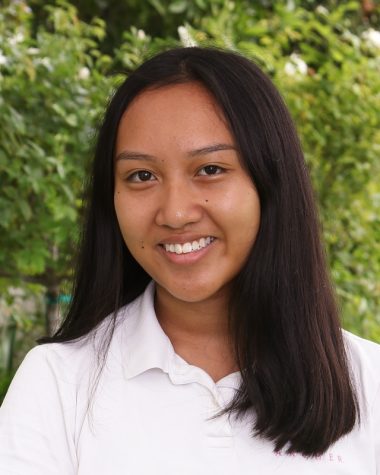
Cat Oriel joined the Oracle staff as a contributing writer in 2015, was promoted to Voices Editor in 2017 and is now the News and Features Editor. She...





![Freshman Milan Earl and sophomore Lucy Kaplan sit with their grandparents at Archer’s annual Grandparents and Special Friends Day Friday, March 15. The event took place over three 75-minute sessions. “[I hope my grandparents] gain an understanding about what I do, Kaplan said, because I know they ask a lot of questions and can sort of see what I do in school and what the experience is like to be here.](https://archeroracle.org/wp-content/uploads/2024/03/grandparents-day-option-2-1200x800.jpg)










